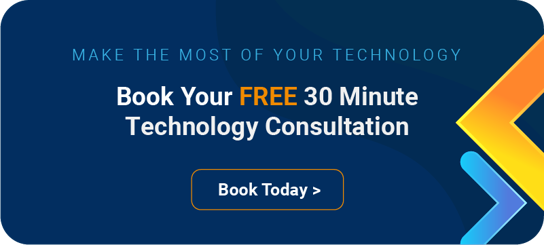Part 2: Care in a Digital Age
Managing Citizen-Controlled Health Data
In this two-part blog series, Don McIntyre, Digital Consultant for Chess, reviews the Scottish Government health and care strategy 'Enabling, Connecting and Empowering: Care in a digital age'. Part two covers:
Part one of this series introduced the fundamental elements of the updated Scottish Government health and care strategy 'Enabling, Connecting and Empowering: Care in a digital age'. In this follow-up, I deep dive into the management and analysis of health data and the related technology.
In case you missed it: Read part one to learn more about Introduction to Data-Driven Healthcare >
Data, Data Everywhere
The increase of personal devices and tools used for healthcare self-management will result in considerably more data. Though this exponential increase in information provides the opportunity to develop insight and intelligence, the explosion in structured and unstructured data will require planning, strategic thought, and the right balance of centralised control and open market innovation.
There's a real risk that healthcare could drown in data, and arguably that's already happening.
Managing the Data
There are generally three types of technology available today that could support some or all of the needs to manage health-related data.
- Consumer Health Record
- Personal Health Record
- Health Data Exchange
Consumer Health Record
Most smartphone operating systems have built-in capabilities to allow connected applications and devices to gather data within a single place on the phone. For example, Apple Healthkit can allow blood glucose, blood pressure, step count, sleep and other quantitative data from apps and devices to be brought together and visually presented. These visuals can help identify trends and support self-management.
However, these smartphone records do not typically integrate with information from NHS systems. The data can't be routinely shared with health and care professionals (though there are some initial examples of this working in the US).
Personal Health Record
Personal Health Records (PHRs) allow patients to view records held by health and care services and write in their own information, creating a more comprehensive shared history. Importantly, they usually work across conditions, groups, and services, enabling more holistic care and more active co-management by the citizen. A PHR can also help people share essential information with a broader support network, like family and carers. In many cases, devices might integrate with the PHR to allow data sharing with professionals.

Enabling patient satisfaction
EMIS and Cloud Voice integration
Health Data Exchange
A Health Data Exchange (HDE) supports people in generating, reusing, and controlling their personal health data flow. An HDE enables data to be shared across new patient eRedbook, COHESION Life Wallet, and Patients Know Best -professional co-management applications, devices, PDS and consumer services (e.g. Fitbit). It can reduce the challenge of managing all these different services, allowing users centralised control.
A PHR has the potential to integrate with a HDE to support broader data sharing and cooperation with different systems (e.g. NHS records). The HDE might also connect to commercial applications like Apple Healthkit and Google fit, and allow the smartphone record to integrate. Examples of a Health Data Exchange include Lenus, Validic and HDX.
"We will need digital solutions as we begin to recover and rebuild as a society post pandemic."
Source: Digital health and care strategy 2021
The Value of Co-designing Care
The vision set out by the Scottish Government in the Health and Care strategy is, 'To improve the care and wellbeing of people in Scotland by making best use of digital technologies in the design and delivery of services'. With data-driven services being recognised as a key priority to empower healthcare professionals, developing an approach to derive actionable insights in real-time is essential.
Based on Microsoft's developments in healthcare, it's very likely that cloud-based Azure will emerge as a standard platform. Tools such as Azure FHIR API enable ingestion and facilitate interoperability and integration that bring data together from various devices and facilitate the analysis. Technologies like artificial intelligence, machine learning, and the myriad of healthcare solutions that run on Azure can ingest and analyse data to improve healthcare.
In case you missed it: Read part one to learn more about Introduction to Data-Driven Healthcare >
We can help you on your journey and advise on the best approach for your organisation. Contact our expert team and book your FREE technology consultation today.

Speak to a Specialist
You can fill out the form and one of our product specialists will contact you shortly with more information.



About the author
uSkinned
uSkinned, the world’s number one provider of Umbraco CMS themes and starter kits.